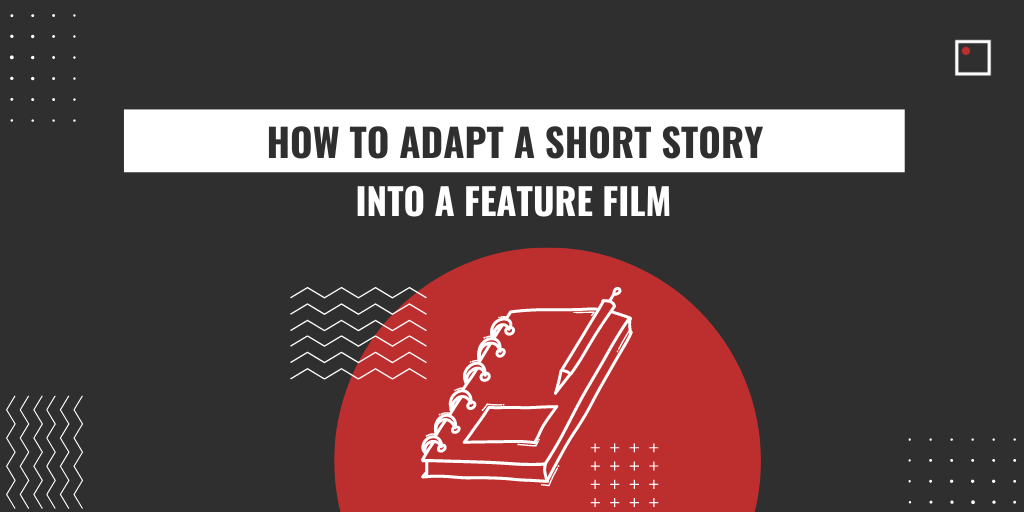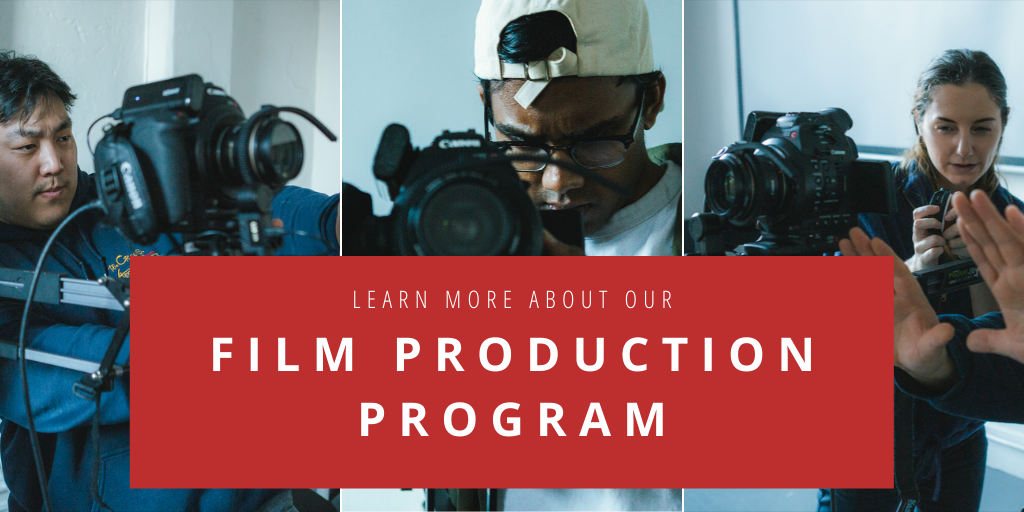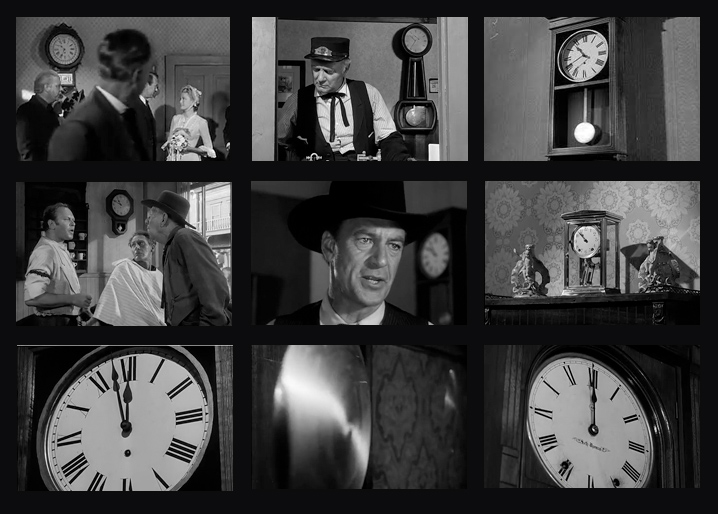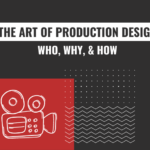How to Adapt A Short Story Into a Feature Film
Written by Felicity Flesher

Adaptations have become a forefront in cinema. Feature films today are based on all kinds of intellectual property including video games, comic books and literature. Writing an adaptation is a great way to get your foot in the door, and hone your craft. Some of the greatest movies of all time originated as short stories, such as The Birds, Brokeback Mountain, and Memento. But how does a writer take a short story idea and adapt it into feature screenplay?

Click here to learn more about InFocus Film School’s Film Production Program!
1. FIND A STORY TO ADAPT
Read lots of short stories. Pick something that excites you, haunts you, or you can’t stop thinking about, one that you connect with personally and you think you can put unique spin on. Is there a story that makes you think, “Why isn’t this a movie?” That’s probably a good sign that it lends itself well to a screen adaptation.
2. GET PERMISSION FROM THE AUTHOR
You must always have the author’s permission to adapt their story. It would be ideal to do your research or find an expert in copyright law. If you are the original author, go on your merry way! Many great screenplay adaptations were written by the original author, including The Godfather, Gone Girl, and The Perks of Being A Wallflower.
And don’t forget, there are hundreds of books in the public domain. Meaning you can adapt them however you wish without anyone’s permission! Adapting a public domain story is a great way to exercise your writing skills and recreative imagination.
3. DON’T GET TOO ATTACHED TO THE STORY
BUT RESPECT IT!
It is a simple fact that some elements of the story will have to change in order to make the jump to screen. By disconnecting from the original text, the screenwriter frees themselves of the obligation to maintain every detail. Examine the story closely and find what sparks you about it and take off from there.
The best screenplays have a point of view, so take the story and don’t be afraid to make it your own. Many writers are simply inspired by the concept of a piece and invent their own characters and plot points. For example, when adapting Joseph Conrad’s Heart of Darkness, John Milieus and Francis Ford Coppola changed the setting from Africa to Vietnam. They also changed many aspects of the characters and created completely new scenes while still maintaining Conrad’s philosophy from the novella. This film became Apocalypse Now.
Where to begin with the story? Start by breaking it down into scenes. What happens in each scene, who is in it, where is it set, and what does it accomplish narratively? Look at whether the scene is necessary to the story you are telling and the themes you want to explore. You may find that many scenes or even direct quotes are perfect for your screenplay. If not, eliminate them or figure out way to change and rearrange them to better suit your script. Some of the most successful adaptations completely changed endings from the original story, perhaps making for a delightful surprise for fans of the story. Keep in mind that even the best writers have to kill their darlings.
4. THINK FOR SCREEN
Audiences will not be reading text as the film goes. It is a visual medium in a way that prose is not. The writer needs to take certain liberties to enliven all the senses and to meet production needs. Think of it as translating the story from one medium to another. In some cases, there may not be an exact translation. You may need to come up with a solution to get the same message across.
If the short story has a first-person narration, consider how to express that in the film. The writer may find that a voiceover narration that fits the tone of the film. They may take a different approach and translate that to dialogue or find other ways to work that perspective in a scene. Try to externalize internal thoughts into action. As goes the age-old maxim, “show don’t tell.” That will make for compelling cinema rather than essentially rewriting the story into audiobook form.
In High Noon (1952,) adapted from John W. Cunningham’s “The Tin Star,” you can see a brilliant cinematic device created by screenwriter Carl Foreman – the literal ticking clock. The film is rife with shots of clocks counting down, something that is not existent in the short story. These clocks, though absent from the book, build tension and set the pace for the film.
Think about how to evoke the story’s characters and settings visually. Are there ways to bring them to life more than in the story? Get detailed on what the characters are wearing, what kinds of sounds are surrounding them, what their apartment looks like. What are “cool” scenes that could happen in a movie version of this story that couldn’t happen in the written version? This is the writer’s opportunity to build a world.
5. BROADEN THE STORY
One of the more daunting tasks in adapting a short story is spreading it over 90-120 minutes in real-time. The writer really has to embed themselves in the story and invent new characters or scenes that jibe with the rest of the narrative. This is also the area in which the writer can get creative, taking off in directions that the original author may not have contemplated.
One of the great aspects of a short story is its ability to complete plot in a short space. What do you think can make the story feel more whole? A short story often only features a small group of characters, but your film is a complete world. Who and what else exist in it and how do they respond to the events taking place? Perhaps they can give your protagonist more conflicts to face.
In Minority Report from 2002, screenwriters Scott Frank and Jon Cohen expanded the backgrounds of the characters to mine more story from the Philip K. Dick original. Think about your story’s characters as real human beings with histories that may influence their actions in your adaptation. Look at them like the Tom Cruise character looks at his subjects in the film. He sees their snapshot then expands them into a larger timeline, sometimes requiring him to fill in gaps and replay events to get a better sense of who they are.
Taking any kind of story from page to screen may be a daunting task, but the opportunities for you to create are wide open. If you get stuck, you already have a guidebook to refer to.
For a more in-depth look at a case study on short story to feature adaptation, check out the book Brokeback Mountain: Story to Screenplay that includes the original story by Annie Proulx, the screenplay by Larry McMurtry and Diana Ossana, as well as all three writers’ thoughts on the process.
Learn how to adapt a short story into a screenplay and more by applying to our Writing for Film and Television program







